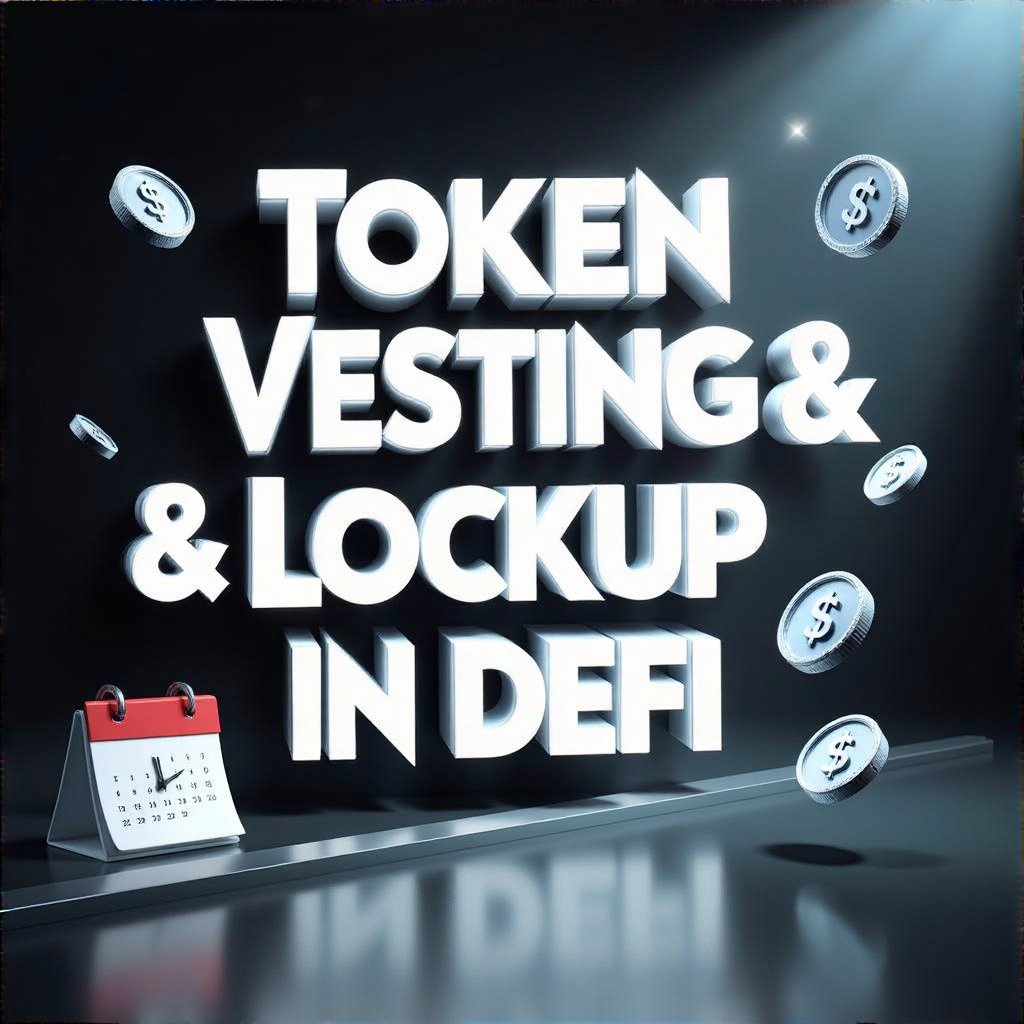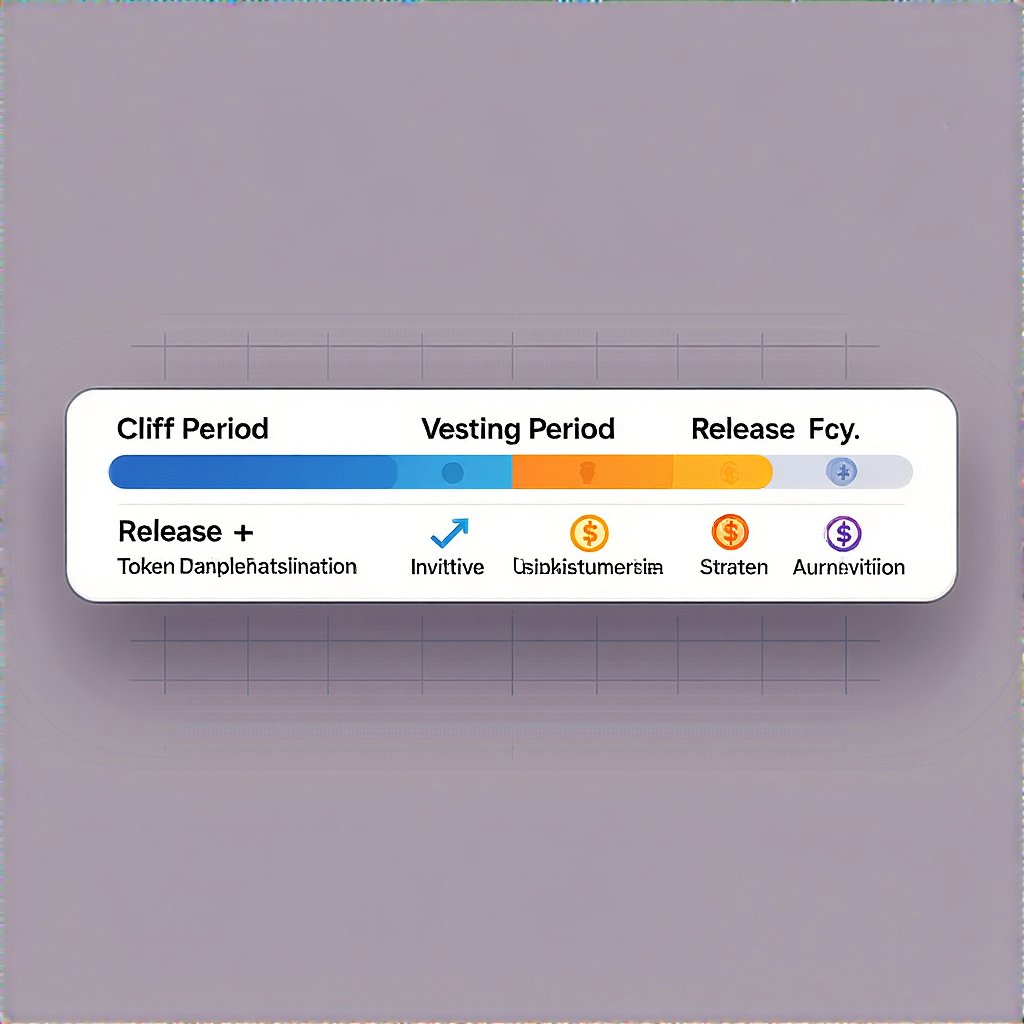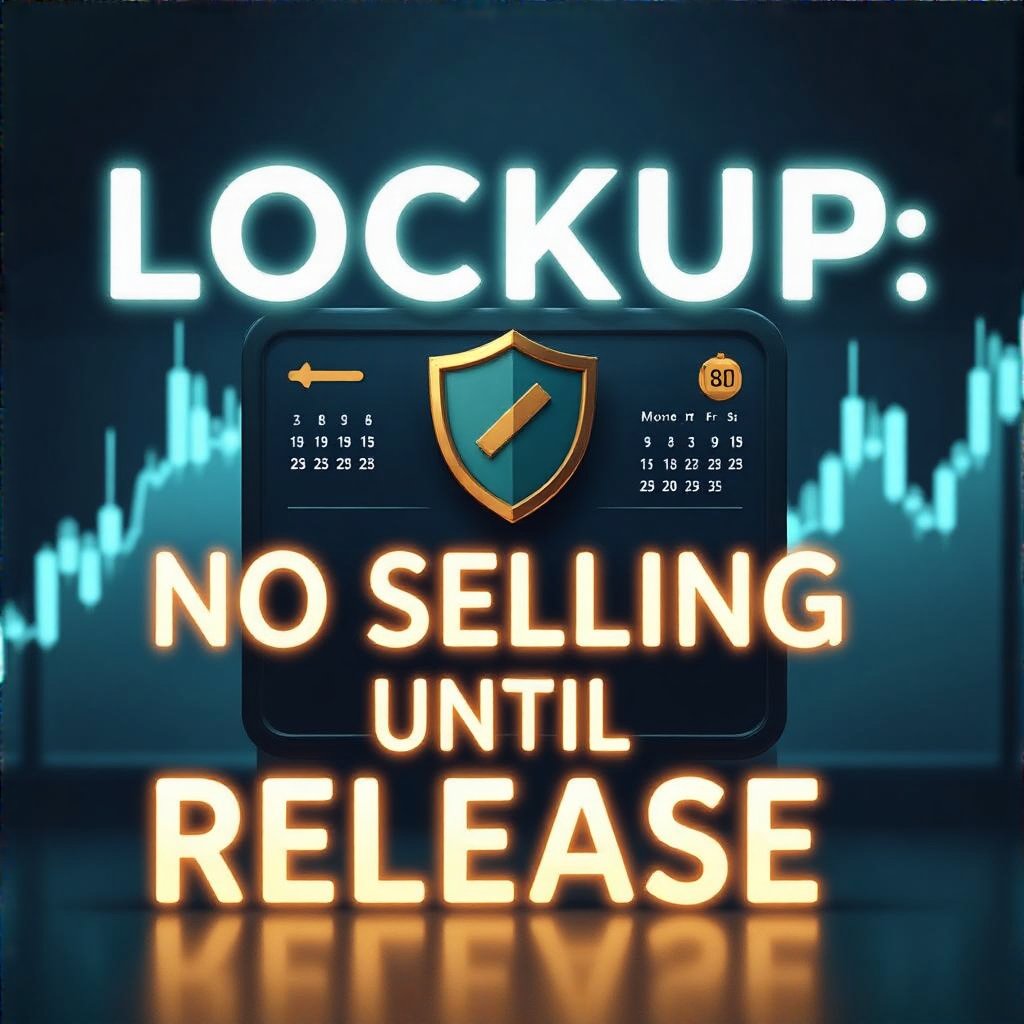Understanding Token Vesting and Lockup in DeFi

In DeFi, token vesting and lockup schedules aren’t just compliance chores—they’re signals. They align insiders with long-term aims, curb reckless selling, and help projects weather early volatility. This guide expands on how these mechanisms work and what savvy investors should scrutinize.
- What Is Token Vesting?
- Understanding Lockup Periods
- Why They Matter
- Key Components of Vesting Schedules
- What Should Investors Look For?
- Best Practices
- FAQ
What Is Token Vesting?
Token vesting is a structured release of tokens to founders, advisors, or early backers over time. The mechanism reduces the temptation to dump at launch and helps prove the project’s commitment to a multi-year roadmap. A typical vesting plan combines a cliff period—an initial wait—followed by a linear or staged unlock of tokens. In practice, this creates a predictable, slower burn rate that aligns token supply with real product milestones. For governance-focused examples, see the governance token vesting schedules.

The cliff acts as a probationary gate: early contributors can’t access the full allocation immediately, which reduces the risk of abrupt price pressure. After the cliff, tokens usually unlock progressively—monthly, quarterly, or per milestone—so insiders are incentivized to deliver sustained value rather than quick flips.
Understanding Lockup Periods
Lockups restrict selling rights for a defined window after distribution. Unlike vesting, which releases tokens over time, lockups keep tokens inaccessible to all holders for a set duration. This restraint is particularly common during ICOs or token listings to dampen dump-and-run behavior. As CoinDesk notes, lockups help build confidence during launches and reduce market stress.
Why Do They Matter?
Both vesting and lockups contribute to market stability and long-term credibility. By preventing immediate large-scale liquidations, you reduce downward pressure on price at fragile moments. They also communicate a commitment to the project’s trajectory, which resonates with investors who weigh risk and timing. As part of a broader discipline, disciplined vesting aligns with sustainable growth patterns and investor protection.
Real-world due diligence should consider whether a project’s schedules are transparent and whether the total unlocked supply aligns with milestones. For further context on token distribution, see the discussions around deflationary tokenomics and how it affects long-term value.
Key Components of Vesting Schedules
- Cliff Period: Delay before any tokens unlock, signaling commitment.
- Vesting Period: Total horizon over which tokens become available.
- Release Frequency: How often tokens are unlocked (monthly, quarterly).
Beyond these basics, many schedules tie vesting to milestones or product deliverables, blurring the line between compensation and incentive. Investors should inspect how milestones map to token economics and what protections exist if milestones slip.
What Should Investors Look For?
Key signals include clarity around cliff length, total duration, and the cadence of releases. Transparent terms imply governance maturity and a focus on long-term value. Investors can also scrutinize pre-sale and founder allocations to assess incentive alignment; a well-structured plan typically shows delayed unlocks for significant holders, reducing profit-taking risk during early trading.
In cross-chain contexts like the Binance Smart Chain ecosystem, vesting patterns can vary by project type and governance model, underscoring the need for careful evaluation. For broader tokenomics considerations, see deflationary tokenomics.
Best Practices
To strengthen trust and resilience, teams should publish comprehensive vesting and lockup details on their site and in the whitepaper. Practical steps include:
- Publish a public vesting table with cliff, duration, and release cadence.
- Tie milestones to token unlocks where appropriate, with independent audits verifying terms.
- Coordinate with communications to avoid mismatched expectations during timelines.
- Link related governance or dispute-resolution resources to aid investor due diligence (see dispute-resolution mechanisms).
For a broader security perspective, many projects also examine robust audit practices and multi-sig controls, such as those highlighted in related audits and security guides.

FAQ
Q: How long does a typical vesting period last?
A: It varies by project, but many vesting schedules span 1–4 years with a cliff of 6–12 months. Always read the official terms.
Q: Can lockups be overridden?
A: Generally no, unless explicitly amended by governance or with a specific unlock event described in the terms.
Understanding these schedules is a signal of market discipline and a predictor of long-term project viability. For deeper diligence, compare a project’s patterns to broader industry standards illustrated in related analyses.

